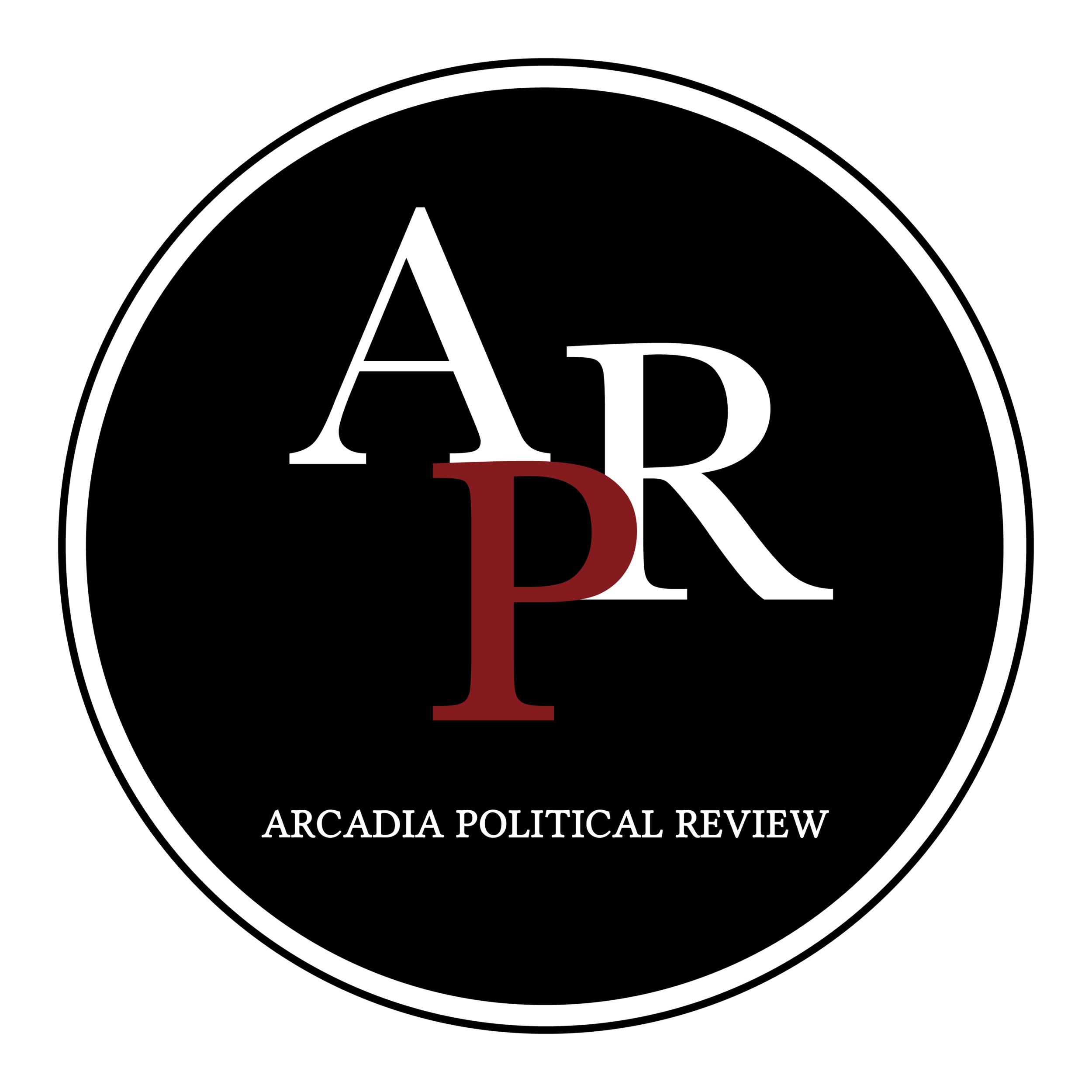Cyclical Empty Promises: How Inequitable Education Funding Reifies Continuing Divides
By Julia Gyourko ‘21
Pennsylvania rarely takes first place in anything. It was the second state to ratify the Constitution, beaten by Delaware. Per USA Today in 2017, it ranked as the state with the 24th highest median household income. PA was the 5th most populous state in the nation—with the 11th highest unemployment rate, and the 22nd lowest poverty rate. However, Pennsylvania has managed to triumph in one race—the race to the bottom. Pennsylvania has the most inequitable system of public education funding in the country, where school districts “receive one-third fewer state and local tax dollars, per pupil, than the most affluent districts,” per Emma Brown of The Washington Post. Moreover, this equity issue increasingly affects students of color, in that “the 20 percent of students in Pennsylvania’s least white districts receive an average of $2,145 less than fair share, and the 20 percent of students in the whitest districts receive on average $2,158 more than fair share,” according to data analyst David Mosenkis. What has been done to address these unacceptable issues? In a shocking turn of events—very little.
In 2016, Democratic Governor Tom Wolf enacted a fair funding formula to help assuage equity issues in public education funding. According to The Campaign for Fair Education Funding, the new formula evaluates school districts on a variety of objective factors. The new formula takes into account the size of the student body, what percentage of the student body lives below or at the poverty line, and what percentage of the student body is learning English as a second language. The formula also looks more broadly, taking into account (among other things) median household income, and a district’s Low Effort Capacity Index, which measures “a school district’s ability to generate local tax-related revenue compared to the statewide median.” However, the formula is only in partial use. As part of a compromise to ensure the formula’s passage in the state’s Republican-held house and senate, only new money added to the state education budget is evaluated and distributed per the formula. This means that only “8.8 percent of the subsidy — or $538.7 million — is run through the formula. The rest goes to schools based on what they got in 2014-15,” according to Jeff Hawkes of Lancaster Online. This compromise points to a prominent Pennsylvania divide between its rural and urban citizens. The current system favors a ‘hold harmless’ policy towards rural districts, wherein “districts with declining enrollments in depressed parts of Pennsylvania are shielded from cuts. Each year, most have even seen increases,” according to Hawkes.
But it’s not just Republicans that are slamming on the brakes here. Even leading up to the 2018 gubernatorial elections, Democratic incumbent Tom Wolf—who boasts about the fair funding formula on his campaign website—significantly back-pedaled from previous statements urging all funds to be evaluated through the formula. Wolf’s spokeswoman, Beth Melena, later clarified that all education funding would only go through this formula so long as “there is full, fair and adequate funding.” Per Melena, “there currently is not [enough money], and there is no timetable for that to happen.” How much would it cost to find the “full, fair, and adequate funding,” Wolf is looking for? According to an analysis made by Keystone Crossroads—a subsidiary of WHYY—the Pennsylvania education budget would have to find an extra $32 billion lying around to make the formula’s implementation remotely feasible.
That leaves us back where we started, in a funding system that is massively unpopular and requires desperate change, but won’t budge due to rural interests. That’s not saying we should blame rural Pennsylvanians for these issues. No one is in the wrong for wanting the most possible money for their schools. And yet, purposefully-diversionary political tactics have continued to reopen these old wounds, so we have to face the facts here.
According to the 2010 Census, 78.7% of Pennsylvanians live in an urban setting. The Census Bureau also estimates that by 2040, 25% of that rural population will be over 65%, outnumbering the children and youth in rural parts. Furthermore, they also expect the rural population to grow—not shrink—approximately 4% by 2040. In short, these demographic divisions aren’t new and aren’t going anywhere. They’re one’s that we’ve struggled with. But we have to see past these political partitions. It’s this diversity of localities and of peoples—through our divisions and our similarities—that have overwhelmingly shaped Pennsylvania into what it is today. According to Politico editor Andrew Glass, Pennsylvania was the most “ethnically and religiously diverse state,” of the thirteen to ratify the Constitution. Let us be proud of that statistic. Let us not taint Pennsylvania history by leaving behind a legacy of such profound inequity and negligence in public education. It’s time to bridge this gap. In more ways than one.

